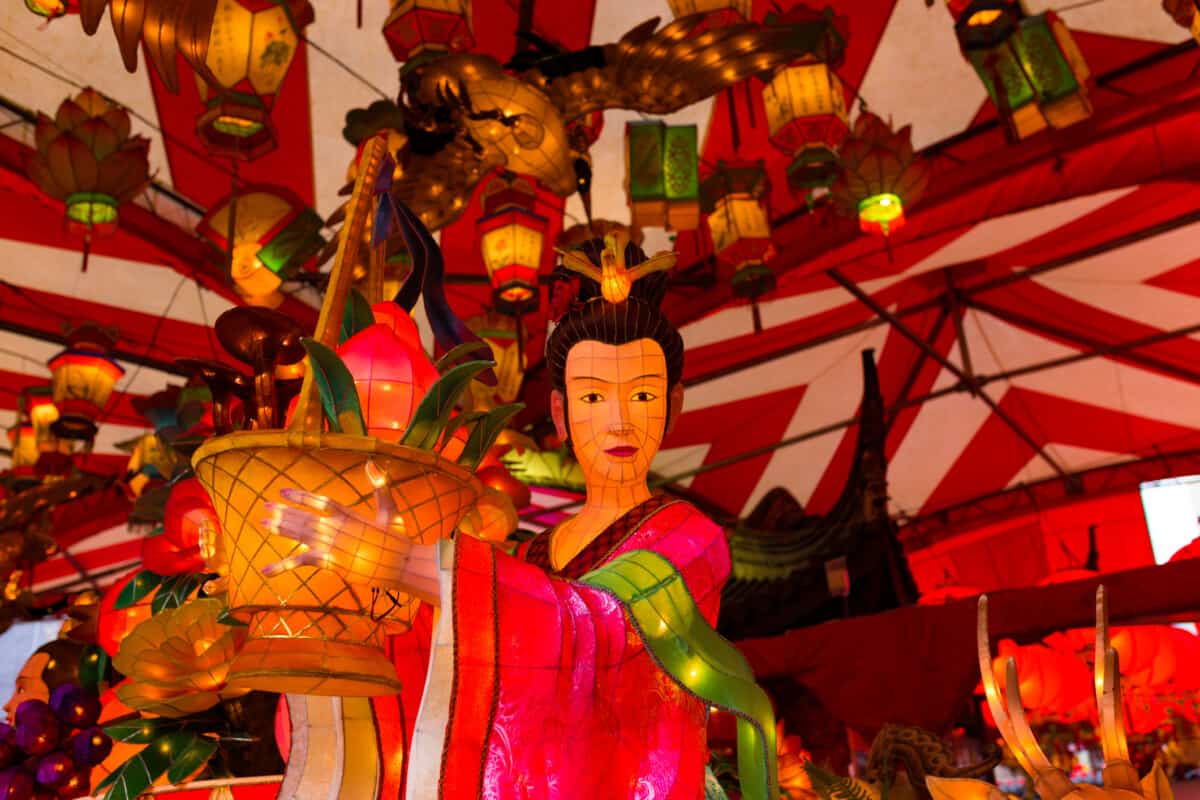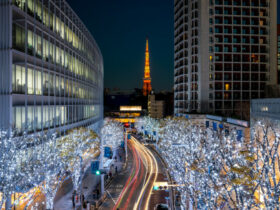The Modern Japanese Home
Many modern Japanese homes play with interesting shapes and architectural elements that can make each home stand out as something truly unique.
The interiors of these homes are often open, allowing the homeowner to make their space as cozy or sleek as they desire.
Many aspects of these homes, from inside to out, will have some kind of dual purpose; these elements not only look nice, but they offer some kind of hidden benefit.
This could range from blinds that help to protect the interior from the hot sun or window frames that help to eliminate drafts.

Modern homes have not forgotten tradition, despite how they might look from the outside. It’s still common to see important facets of old traditional Japanese homes, from decor to tatami mats to gardens.
Spiritual inspiration is often found throughout many elements of modern Japanese home design, just as it was in traditional Japanese home design.
Interior And Exterior
One of the prominent features of a modern Japanese dwelling is the use of natural, organic materials in the construction of both the interior and exterior.
One can find great uses for concrete and wood of all colors and textures, making up various home elements. Both interior and exterior also implement many clean lines.

Modern Japanese homes also seem to focus on as many opportunities as possible to bring natural light inside.
This could include rooms with one wall featuring floor-to-ceiling windows, sometimes with a door incorporated. This adds to the airiness of the home, as well as allows people to easily enjoy beautiful views of gardens or other surrounding scenery.

It’s not uncommon to see Japanese homes elevated off the ground, with no basements or ground floors. This is done strategically to help homes stay comfortable during humid or inclement weather.
Homes aren’t normally allowed to have basements by law; only some apartment buildings can.
Architectural Inspiration In Japan
When an architect or a builder decides to build a home in Japan, they will often pay attention to the surrounding area. Rather than destroy what’s naturally occurring on the land, they will attempt to work around it.
This is one of many reasons why modern homes in Japan seem to have such interesting, unique shapes.

Outside of trying to maintain the natural elements of the neighborhoods, there are also some pretty strict regulations in place for home developers.
These regulations need to be abided by for a home to be completed. Homes tend to make more use of vertical space as opposed to horizontal space to fit into smaller plots of land.
Additionally, Japanese architects seem to have a knack for understanding how to utilize space in unparalleled manners.

Since the overall structure of many modern homes is very outside of traditional home shapes, utilizing space is essential to make a home livable, even with innovative structures.
The Symbolism Behind Japanese Home Design
There is a lot of thought put into how Japanese homes are built and how the interiors are set up. For instance, the Shinto faith plays a role in how certain elements are incorporated into home structures, especially when it comes to natural elements and open spaces.
In the Shinto faith, it is believed that spirits, or kami, are a part of everything on earth, both animate and inanimate.

The prominence of wood and stone inside houses in Japan is also a thoughtful choice. Once again, these materials are sourced from the earth, and while they are constructed into modern accouterments, each part of the interior and exterior design with these materials still honors the sanctity of the earth’s materials.
Homes also tend to be light and open, with plenty of space. Colors tend to be very minimal, if there are any at all, with neutral palettes taking precedence.
Plenty of homes will have touches of plants to add even more of nature into their space, which helps keep spaces clean and manifest positive energy.

Many Japanese homes are often described as being calm and peaceful, and that’s because Zen elements are important to Japan. This includes many of the same elements important to the Shinto faith.
The materials, the lines, the geometry, and the purposefulness of each thing in the home are important to keep the space feeling serene.
Home Decor In Modern Japanese Homes
It’s not uncommon for there to be very minimal, purposeful decor within a modern Japanese home. Design aesthetics tend not to favor very much clutter or a lot of unnecessary items that don’t serve any kind of function.
Simple is key within many modern Japanese homes, but simple does not mean sacrificing style.

When selecting furniture and storage solutions, many Japanese homes will incorporate very simplistic designs that can work for almost any home style or aesthetic.
They feature clean lines and neutral colors and are often made with natural or organic materials. Much of the furniture is geometric or angular in design as well.
Furniture and other accessories featured in Japanese homes will often be made with high quality, thoughtful craftsmanship.
Many Japanese Shop Ikea Japan For Furniture
As mentioned, smart design is also key, with both practical and aesthetic needs being met. Tables are often low to the floor to allow for traditional seating, from tatami mats to cushions.
The Courtyard
A courtyard is a feature often seen outside of homes designed with modern Japanese architectural inspiration.
Courtyards are serene outdoor spaces that often combine somewhere to sit and some space for greenery or plants. Once again, they are often designed simply, with plenty of blank space.
A courtyard will often have a door to allow one to go inside and outside easily. The courtyard will often lead to an open space, such as a living room when coming indoors.

It’s common to see gardens in the courtyard, as gardening has been a feature of Japanese culture for many years.
How Modern Japanese Homes Differ From Modern Western Homes
One of the biggest differences between Japanese and Western homes is the size difference. Western homes tend to be large, with many people desiring as many rooms and amenities as possible.
Japanese homes are often more strategic with the use of space, so they are often much more compact.
While many Western homes will follow traditional home shapes, with triangular roofs and either two or three-story builds, Japanese homes play with square, rectangular, and other angular shapes when building homes.

Japanese homes also prominently feature hinoki wood, which is strong, stands up to deterioration, and looks beautiful. It’s not common to see wood in a Western home other than in the flooring.
As mentioned, a courtyard is one of the key elements of a Japanese dwelling. Some Western homes may have something similar to a courtyard, but outdoor space often consists of a backyard.
These backyards might have decks, seating areas, pools, and other amenities, depending on space and size. In Japan, it’s not common to see a backyard.
The Cost Of Homes In Japan Versus Western Countries
One drastic difference found between homes in Japan and homes in Western countries is the cost. It is not inexpensive to build a home anywhere, but it can be much more affordable to do so in Japan.
In Western countries, it sometimes costs many hundreds of thousand of dollars to build a home, while in Japan, smart decisions can help you build a home far below the standard cost in the west.

Western homes tend to do much more with outdoor space, which can easily cause a home budget to go up dramatically. In Japanese homes, outdoor space is minimal, with only small gardens and a small space for greenery, sometimes with seating spaces.
Furthermore, Japanese homes often have much less clutter, as it’s felt unnecessary to put something in every space in the home.
Therefore, much less is spent on furnishing the home and filling it with various items like decorations and other accessories.
How Modern Japanese Home Trends Influence The West
The simplification of home design can be seen as an influence from Japan to the West and even throughout other places like Europe.
Listing Of Residential Construction Companies In Tokyo Via Dunn & Bradstreet

The same can be said about how the West has embraced organic materials, open concept spaces, and various elements of nature inside the home.











